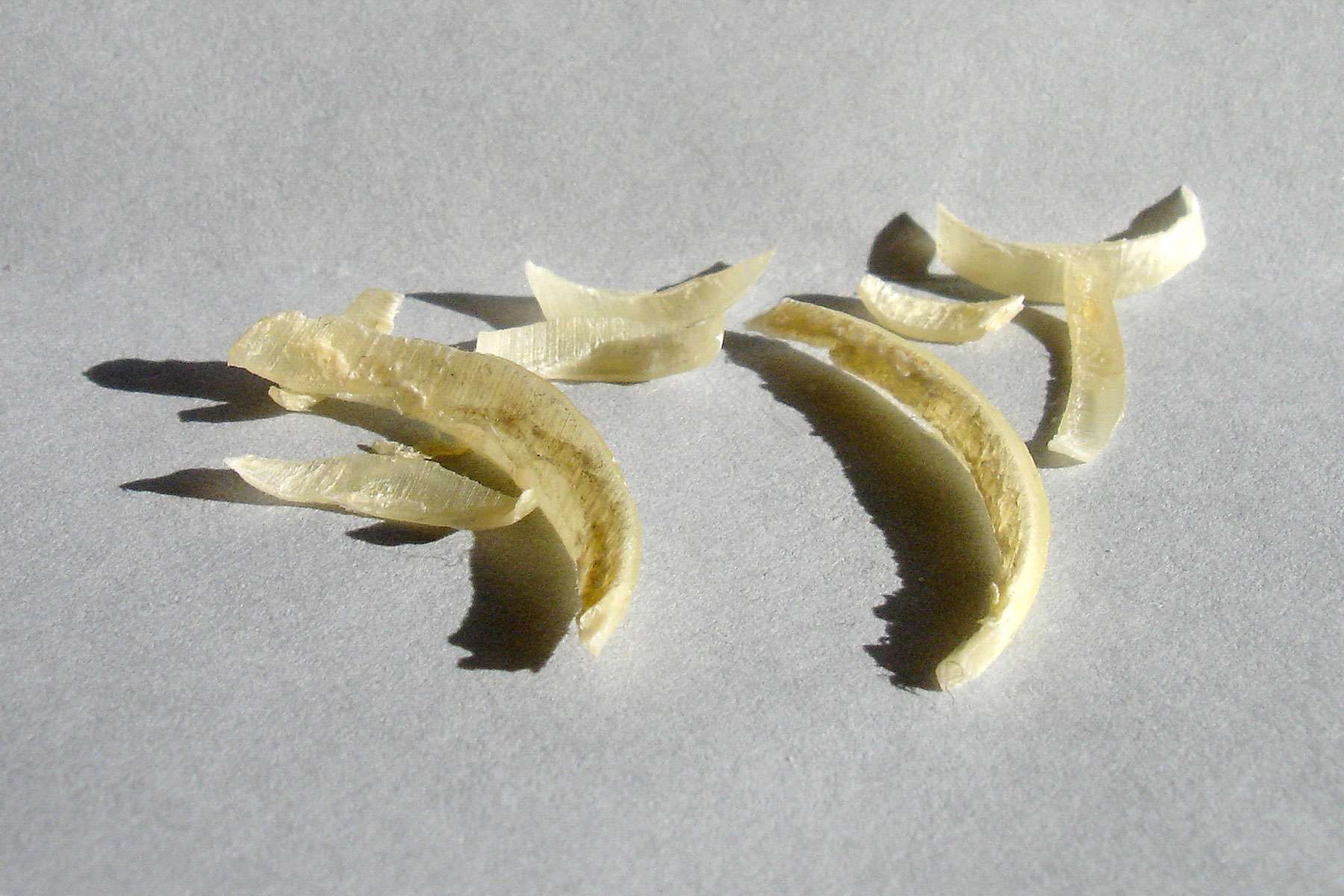


Self-portraits: portraits of the artist as model.



Self-portraits: portraits of the artist as model.

I am not my body, but my body is me. This applies to my entire (complete) body. But it also applies if I am incomplete. If I missed a kidney or a leg, (the rest of) my body would still be me. The question is whether every (small, smaller, smallest) part of my body taken separately also represents me.



 johan lammerink I (self-portrait) / skin, hair, horn, plastic boxes, display case with mirror / 36x40x9cm / 2007
johan lammerink I (self-portrait) / skin, hair, horn, plastic boxes, display case with mirror / 36x40x9cm / 2007
V - Fingernails of 080900 / 140401 / 030102 / 140103 / 030704 / 120405 / 190106 / 010407
T - Toenails of 211000 / 140401 / 030102 / 140103 / 021104 / 120405 / 230206 / 010407
H - Hair (head) of 250101 / 070506
B – Hair (stomach) of 280302
O – Epidermis of 030800
 johan lammerink II, (self-portrait) / skin, hair, horn, plastic boxes, presentation box / 21.5x9x2.5cm / 2007
johan lammerink II, (self-portrait) / skin, hair, horn, plastic boxes, presentation box / 21.5x9x2.5cm / 2007
V - Fingernails of 080900 / 140401 / 030102 / 140103 / 030704 / 120405 / 190106 / 010407
T - Toenails of 211000 / 140401 / 030102 / 140103 / 021104 / 120405 / 230206 / 010407
H - Hair (head) of 250101 / 070506
B – Hair (stomach) of 280302
O – Epidermis of 030800
In the context of art, we can call these skin, hair and nails (potential) first degree relics.Relics are remains that are revered within certain religions. Within the Roman Catholic Church different relics are distinguished. First degree relics are body parts of the (deceased) person.
 Just sitting / video of slides, originally: projection with two projectors and overflowing slides / 1991 / slides ES
Just sitting / video of slides, originally: projection with two projectors and overflowing slides / 1991 / slides ES
When an artist works with a model, it is usually the model that stands, lies or sits while the artist is busy looking, positioning and recording - in short, acting.
If the activity of the artist does not happen beforehand but is the work itself, then the acting is known as a performance. Here, the roles of the artist and model simply coincide.
With Just sitting there is no other action from the artist/model other than ‘sitting’. The only active act is the passing of time, illustrated by moving water.
Time
Time – it is strange – it is strangely beautiful too
never to know what it is
and yet how much that lives in us is older
than we are, how much of it will outlive us
as a new-born child can look as though it is looking
at something inside itself, something it was given
to bring along with it
as Rembrandt looks in the last self-portraits
as though he can see where he is going
into a distance beyond our eyes
it is strange but strangely beautiful to reflect
that one day no one any more will know
we ever lived
to reflect on how now we live, how here
but also on how our life would be nothing without
the echoes from the unknown depths in our heads
it’s not time that passes, it’s you, it’s I
outside our thinking there is no time
this summer we stood on the edge of a valley
around us only windd
Source: Poetry International. Original poem by Rutger Kopland, appeared in On yearning for a cigarette, publisher Van Oorschot, 2001. More poems at Poetry International.
Slides used for Just sitting / video, originally: projection with 2 projectors and overflowing slides / 1991 / slides ES
This series was originally shown with 2 projectors, where the slides flowed slowly into each other in a calm and unavoidable rhythm of the surf.


I had the pleasure to work for 3 years for the organization Mianzi/Miti in Iringa, Tanzania (East Africa)). The Swahili words ‘Mianzi’ and ‘Miti’ mean ‘Bamboo’ and ‘Wood’. These are the 2 most important local materials used by the organization to supply drinking water to the village. One of my tasks was to look for the straight, thick sort of bamboo, Bambusa Vulgaris, in the higher forests of Southern Tanzania. To pinpoint the location of this bamboo sort I used atlases, maps and (stereo) aerial photos.
With Greetings from Iringa (landscape) I acknowledge the impression that my work and stay in Tanzania made on me. From one of the atlases I used various maps of soil conditions, crops, population density and water use in Tanzania for line drawings. Iringa, my then place of residence, is always the centre of the projected slides on my body.
 Map size of Iringa and surroundings, used for Greetings from Iringa (landscape)
Map size of Iringa and surroundings, used for Greetings from Iringa (landscape)
Line drawings used for Greetings from Iringa (landscape) / projection of slides on my own body / 1992